Upgrade Your Windows for Beauty, Comfort and Big Energy Savings
As long as your windows provide natural light and offer some semblance of a view, why give them a second thought, right? Wrong. For one, your windows directly contribute to the overall comfort inside your home. If the words “stuffy” or “stale” have ever exited your mouth when describing the air in your home, your windows are probably to blame.
Plus, old, poorly functioning or improperly installed and sealed windows can wreak havoc on your utility costs. Ever seen your curtains move when the windows are closed tight? Congratulations: You have leaky windows — and a leaky bank account come energy-bill time.
But government regulations and advances in glass-making and glass-coating technologies mean that replacing your windows can instantly increase the comfort in your home and save you money. Here’s what to know.
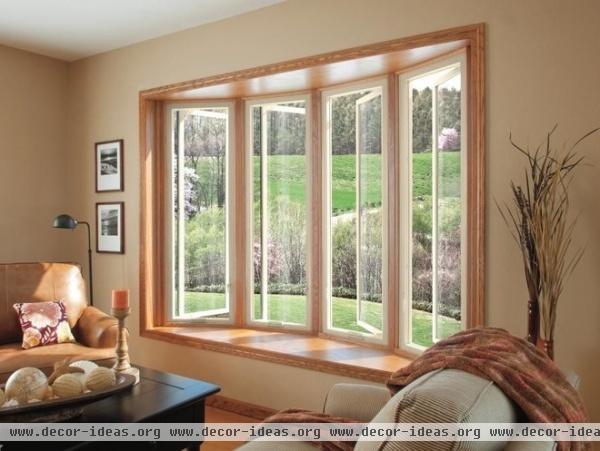
Project: Adding energy-efficient windows.
Why: Better-insulated windows mean your home won’t be fighting the outside air to maintain a comfortable temperature. This can drastically cut energy costs in your home. They can also help filter sunlight, preventing harmful rays from fading your furniture, upholstery, wood floors and art.
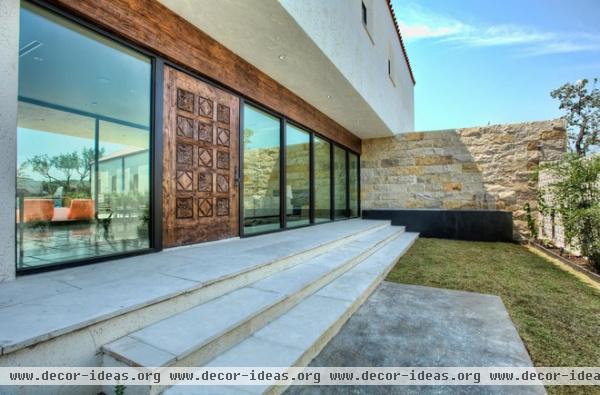
“Windows that leak air decrease our comfort inside,” says Trevor Markham, president of Progressive Solutions in San Antonio, Texas. Poor seals around the glass mean moisture from outside air gets in. That can give your house a stuffy and stale feeling even when it’s a nice day outside. “The single biggest thing people will experience from replacing old windows is an increase in sheer comfort inside the house,” Markham says.
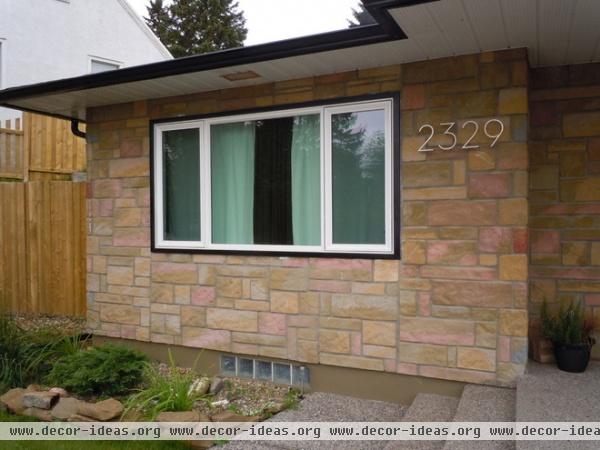
White Vinyl Casement Window Things to consider: If you’re considering replacing your windows, this might be a good time to also think about changing their function, adding a picture-frame window or sliding glass doors.
Of course, changing the size of the window will require extra thought and labor. And it’s one of those projects that you want to get right the first time. It’s not like changing the curtains.

For example, changing the window framing means either your interior or exterior finishes will be damaged. If you have old molding that you want to preserve on the interior, then you’ll want to change the windows from the outside wall, in which case you’ll have to consider how the project will affect that finish. “Sometimes you can preserve those finishes,” says Markham. “But most of the time, you’re going to lose the finish on one side or the other. Plaster on the exterior is difficult to match, so maybe you lose the Sheetrock inside, which is easy to replace. Vintage wallpaper isn’t, however.”
Also, ask your installer how the window is going to be sealed. “There’s a lot to be said about the efficiency of the glass, but if it’s not properly sealed, what good is it?” Markham says.
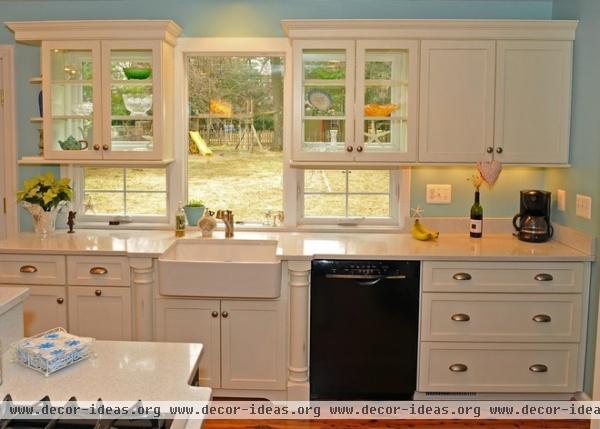
As for how efficient you want your windows to be, there’s a lot to consider.
Energy Star is a government program that establishes specifications for energy-efficient products. For windows, the program divides the United States into four zones. Depending on which state you live in, the efficiency of the windows will be different.
Various factors contribute to a window’s efficiency. The U-factor measures its insulation. Basically, the lower the U-factor, the more insulated it is. The solar heat gain coefficient (SHGC) measures how much solar radiation passes through the window.
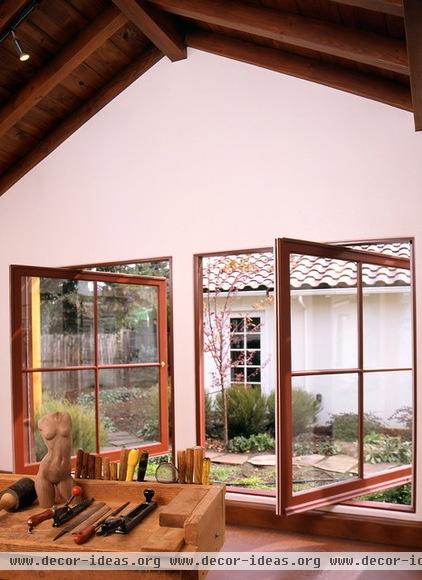
The U-factor needs to be really high in northern regions, because homeowners need more protection against the harsh outdoor climate. In southern states, like Texas and Florida, the SHGC is more important. “If you’ve ever sat next to a window with 35-year-old glass on a sunny day in the South, you’re just cooking,” Markham says.
Given the variables associated with each region and the different efficiency factors, working with a window professional can make sense. A pro can assess what works best for your region and even your home’s position. It might save you money to have higher-efficiency windows on a west-facing side of your house, where the sun is more intense, and less efficient ones elsewhere to help save you money on overall window cost.
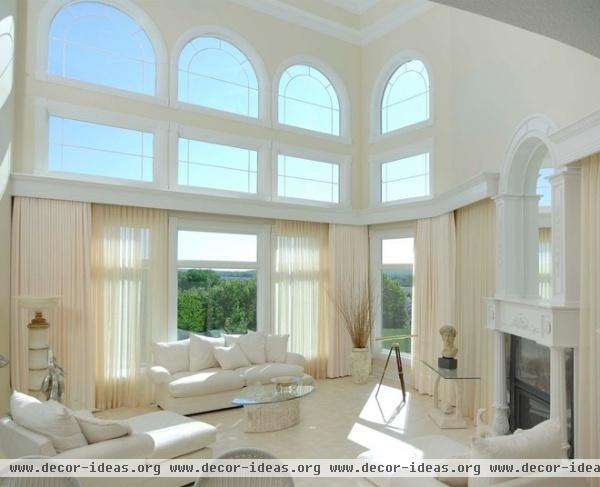
Historically, Markham notes, glass has been one of the most difficult materials to make energy efficient. Regulations and advancements in technology mean windows are getting much better, though; new coatings can even reduce up to 99 percent of UV rays. “In the 1950s windows didn’t stop any of it,” he says.
Why does this matter? UV rays can cause carpets, upholstery and artwork to fade over time. In his own office, Markham has two windows side by side. One has efficiency protection, the other one doesn’t. “And the carpet is a shockingly different color beneath each one,” he says. “Energy-efficient glass is the very best glass, and you’re doing yourself a favor by blocking the rays from damaging upholstery.”
Efficient windows have another side effect: soundproofing. The thicker the glass, the more sound they’ll block. This is especially good in homes near a freeway or an airport.
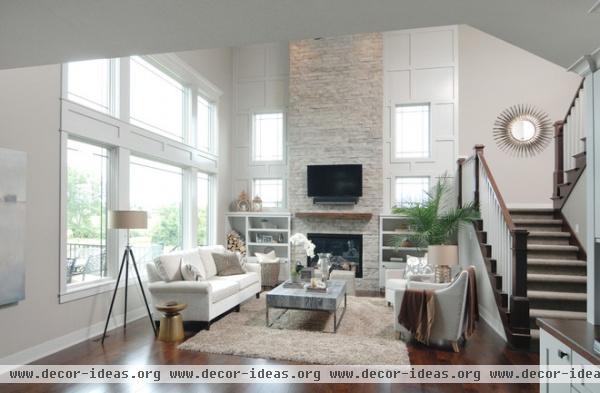
Who to hire: Replacing your windows could be a DIY project if you’re comfortable with the level of work involved. If existing trim or drywall will get damaged, you’ll want a good carpenter to help.
If you’re replacing your windows but also looking to change the function, add more windows, expand the size of a window etc., you can consult a window and door professional to get estimates on cost and work involved.
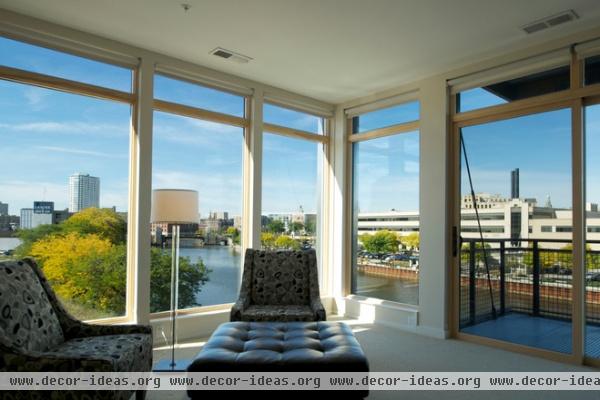
If you’re replacing or adding windows as part of a larger remodeling project or a new build, then chances are your architect or designer will coordinate with you and a professional window and door expert to come up with the best solution.
Windows are also important architectural features, so you don’t want to consider them lightly. Plus, there’s the psychological aspect. “We’re seeing more and more the benefit of bringing more natural light into homes,” says Markham. “It reduces depression [and] provides vitamin D; it’s mentally and psychologically important to architecture.”
Boost Your Energy With Natural Light
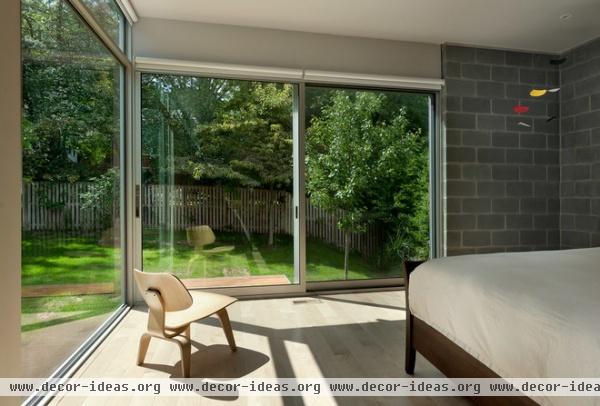
How long will it take: Custom windows generally take about three to five weeks to produce and ship. Then you’ll need to schedule the installation.
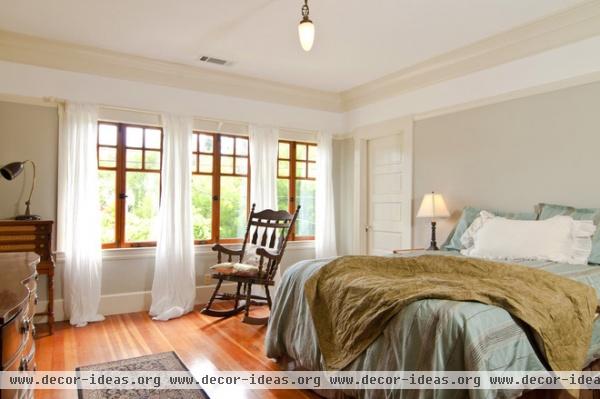
Cost: There are many factors that affect cost, but here’s a general breakdown from Markham:
“If you’re an average consumer buying new replacement windows with a decent energy rating, and you’re installing them yourself, you can expect to pay $190 to $275 per window, depending on the size and efficiency,” he says.
“If you hire someone to install them, that number might shoot up to $285 to more than $400 per window,” he continues. “So for a two- or three-bedroom bungalow with 12 average-size windows, you’re looking at $2,400 if you do it yourself; $3,500 to $4,000 if you have it installed. Add on extra to paint or clad the trim.”
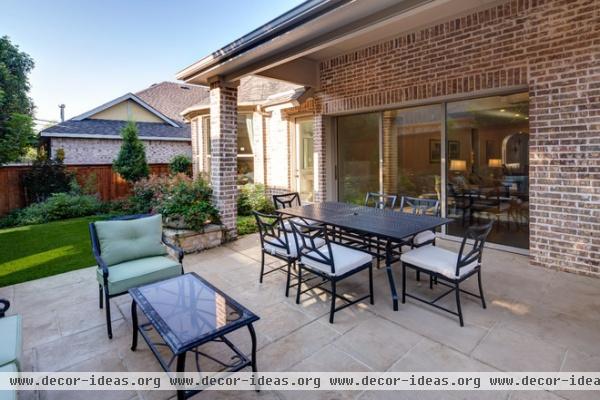
If you’re having custom work done, expanding the space of windows or adding windows and doors, there are many variables that affect the cost; getting a professional window and door expert to take a look and give you a quote is recommended.
Markham estimates that a 16-foot by 10-foot rolling wall of three or four sections of glass ranges from $8,000 to $15,000, depending on the function and difficulty of installation. For example, if an outlet or light switch needs to be removed from a wall, you’ll have to hire an electrician, which can add a few hundred dollars.
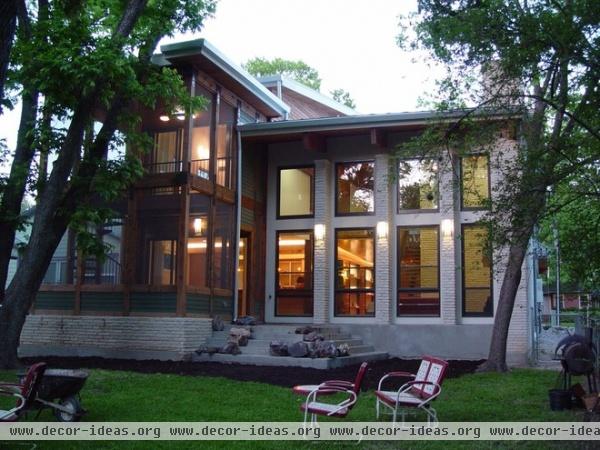
Savings: According to Energy Star, you can save up to 15 percent on your energy bills with Energy Star–rated windows, doors and skylights. That’s $146 to $501 per year when you replace single-pane windows, depending on which region you live in ($146 in California; $501 in New England), and between $71 and $247 when replacing double-pane windows with Energy Star–rated ones ($71 in California, $247 in Florida and $208 in New England).
Mixing brands and energy efficiencies based on your house’s position and the sun’s path can also help you save money. Also, sometimes it makes sense to splurge on one big showpiece like a window wall and go with budget windows elsewhere.
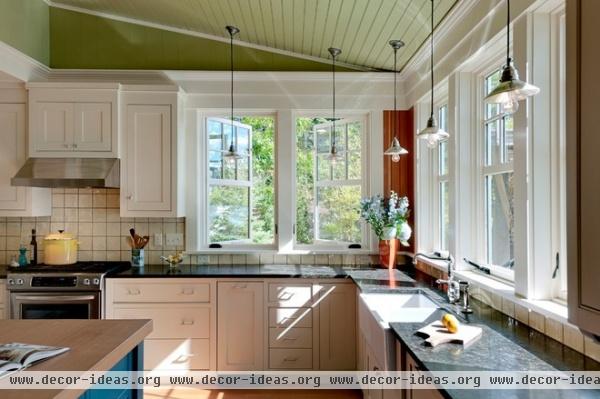
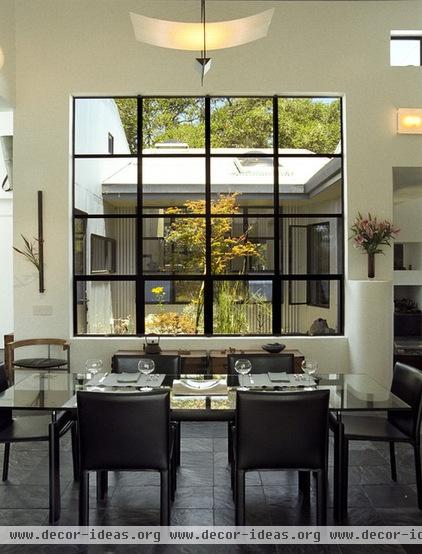
Rebates: There are no federal rebate programs right now for energy-efficient windows, but check with your city, state or utility company.
Best time to do this project: Typically, rebates run until the funding is gone, so it might make sense to coordinate your project around the beginning of the fiscal year if rebates are offered in your area. Otherwise, whenever the weather isn’t extreme is the best time for this project.
First steps: If you’re just replacing windows, measure the sizes you need, figure out the quantity and contact a professional. Check the Energy Star climate zone database for what U-factor and SHGC numbers to look for.
If you’re doing a remodel, look at photos of different window systems and framing details and read ideabooks about windows to get an idea of what you want.
When you’re ready, find a window and door professional.
More: Have you changed your windows and doors recently? Please tell us about your project in the Comments!












